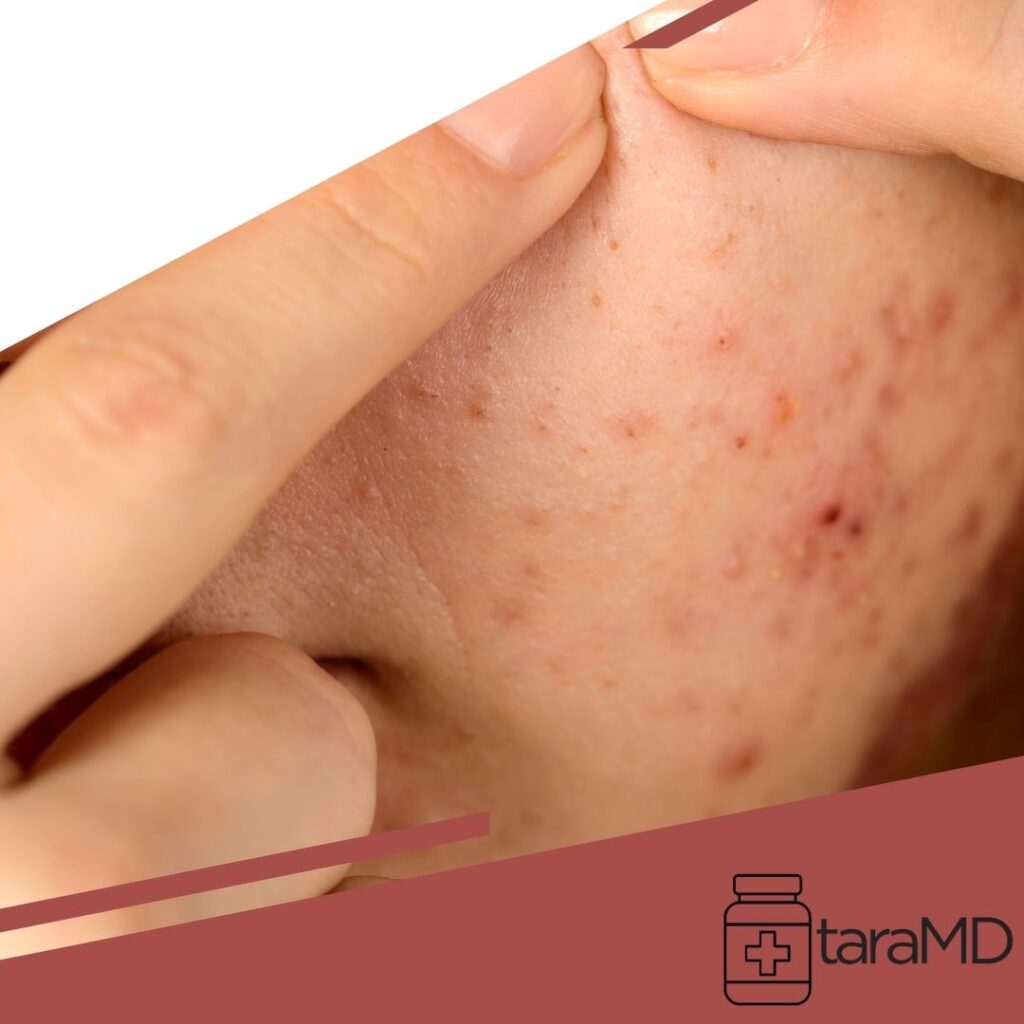When you’re battling acne, it’s easy to go all in—scrubbing harder, layering acids, and applying the strongest treatments you can find. But here’s the truth: harsh routines often backfire. Over-treating acne can damage your skin barrier, leading to irritation, dryness, and even more breakouts. The key to clear, healthy skin lies in balance—treating acne effectively while protecting your skin’s natural defense system.
Understanding the Skin Barrier
Your skin barrier is your body’s first line of defense. It’s made up of lipids, ceramides, and skin cells that form a protective layer to keep moisture in and irritants out. When it’s functioning properly, your skin stays hydrated, resilient, and smooth.
However, when this barrier is damaged—often from overuse of exfoliants, drying cleansers, or strong acne treatments—it becomes compromised. Signs of a weakened barrier include redness, tightness, flakiness, burning sensations, and increased breakouts. In short, you can’t fight acne effectively if your skin barrier is unhealthy.
The Problem with Over-Treating Acne
Many people mistakenly believe that the more products they use, the faster acne will disappear. But stripping your skin of natural oils or using too many active ingredients (like salicylic acid, benzoyl peroxide, or retinoids) can cause inflammation and worsen acne over time.
In a 2022 study published in the Journal of Dermatological Science, researchers found that patients who used overly aggressive acne regimens experienced slower healing and higher rates of irritation compared to those who used a balanced, dermatologist-supervised approach.
Simply put, when your skin barrier is damaged, your skin can’t retain moisture or fight bacteria properly—creating the perfect storm for more acne.
Step 1: Use a Gentle Cleanser
The foundation of acne care is cleansing, but it doesn’t have to mean scrubbing. Avoid foaming or alcohol-based cleansers that leave your skin feeling “squeaky clean”—that’s often a sign of barrier damage.
Instead, choose a gentle, pH-balanced cleanser with soothing ingredients like ceramides, glycerin, or niacinamide. Cleansing twice a day is enough to remove dirt, oil, and bacteria without stripping your skin.
Step 2: Simplify Your Routine
A complicated routine can do more harm than good. Focus on three essential steps: cleanse, treat, and moisturize.
- Cleanse: Gently wash your face to remove impurities.
- Treat: Use a targeted acne treatment like benzoyl peroxide (2.5%-5%) or salicylic acid (0.5%-2%), applied only on affected areas.
- Moisturize: Even oily or acne-prone skin needs moisture. Use a non-comedogenic moisturizer to prevent dryness and irritation.
If you’re using prescription treatments like retinoids, start slow—every other night at first—and always follow with a hydrating moisturizer.
Step 3: Support Your Skin Barrier
Healing acne and restoring your barrier go hand in hand. Look for barrier-supporting ingredients such as:
- Ceramides: Restore the lipid layer and lock in moisture.
- Hyaluronic acid: Hydrates without clogging pores.
- Niacinamide: Reduces inflammation and strengthens skin resilience.
- Panthenol (vitamin B5): Soothes irritation and promotes healing.
Avoid products with high concentrations of alcohol, fragrance, or harsh exfoliants, which can further weaken the skin.
Step 4: Protect Your Skin from UV Damage
Sun exposure can worsen acne scars and slow down skin recovery. Always wear a broad-spectrum SPF 30 or higher sunscreen daily—even if you have oily skin. Choose a lightweight, oil-free formula labeled “non-comedogenic.”
Step 5: Be Patient and Consistent
It’s tempting to switch products when you don’t see instant results, but consistency is key. Acne treatments typically take 6 to 12 weeks to show visible improvement. Give your skin time to adjust before making changes.
If irritation or dryness persists, take a “barrier repair break” by pausing active treatments for a few days and focusing on hydration and soothing care.
When to See a Dermatologist
If you’ve tried over-the-counter treatments without success, or if your acne is painful or cystic, it’s time to see a dermatologist. They can tailor a plan that balances effectiveness with barrier protection—such as prescribing topical retinoids, oral medications, or in-office treatments like light therapy.
Treating acne doesn’t have to mean sacrificing your skin’s health. By being gentle, consistent, and barrier-conscious, you can clear breakouts while keeping your skin strong and resilient.
Remember: healthy skin heals faster, looks smoother, and feels better. Prioritize balance over intensity, listen to your skin, and don’t hesitate to seek professional advice when needed. Clear, radiant skin isn’t achieved through force—it’s built through care.

